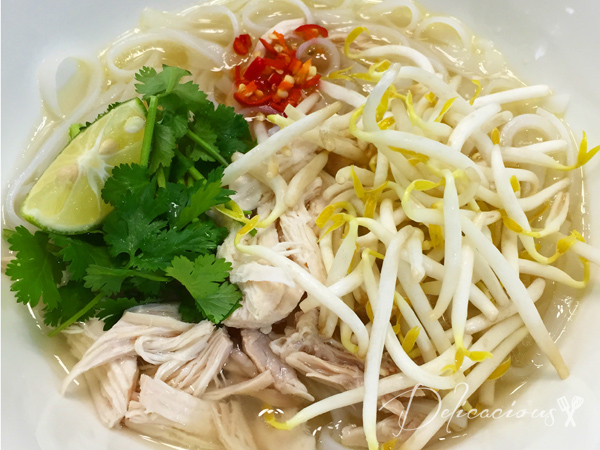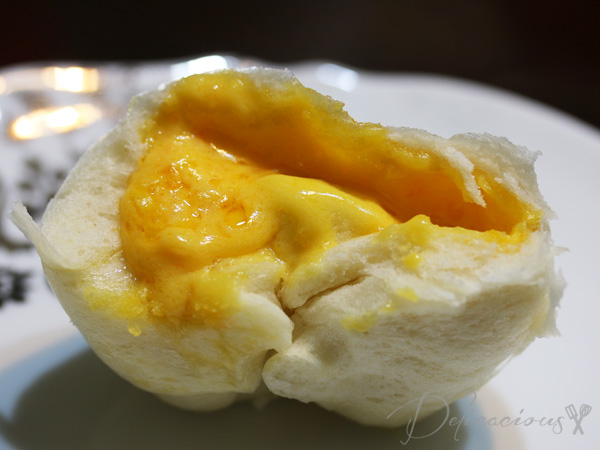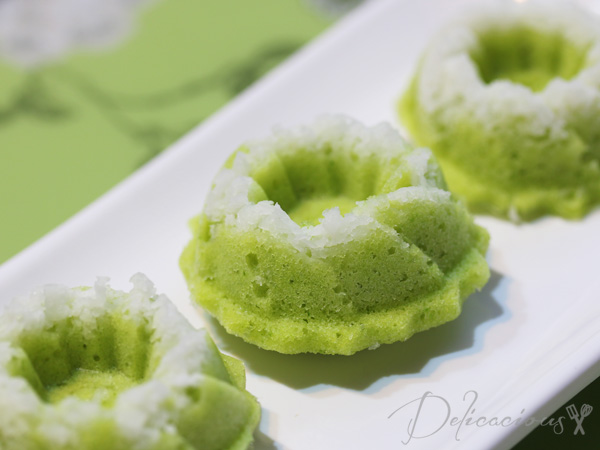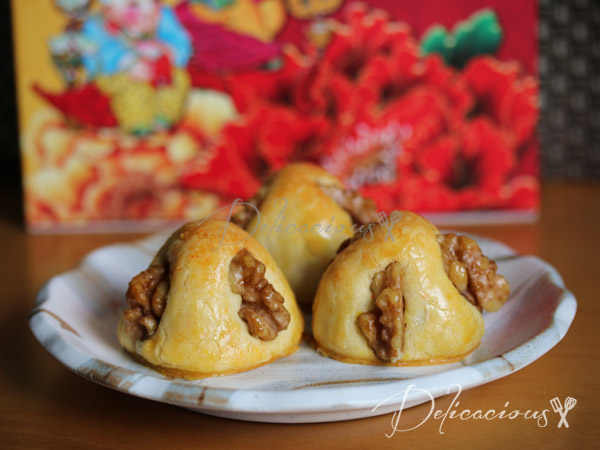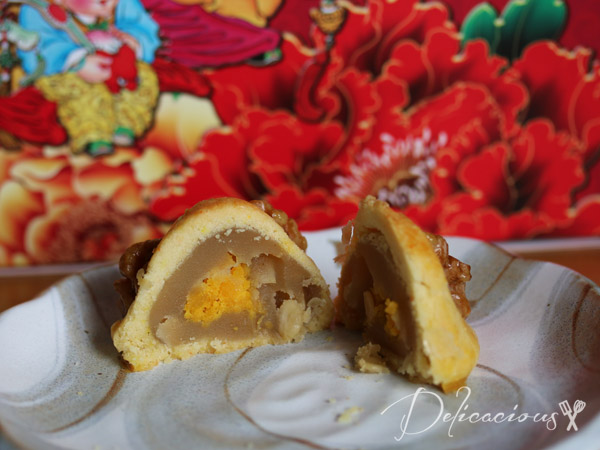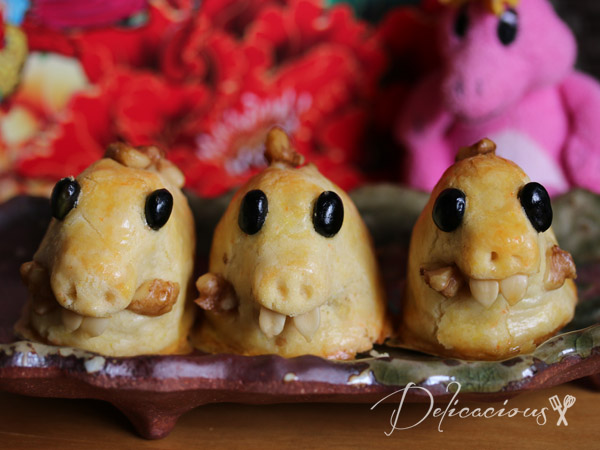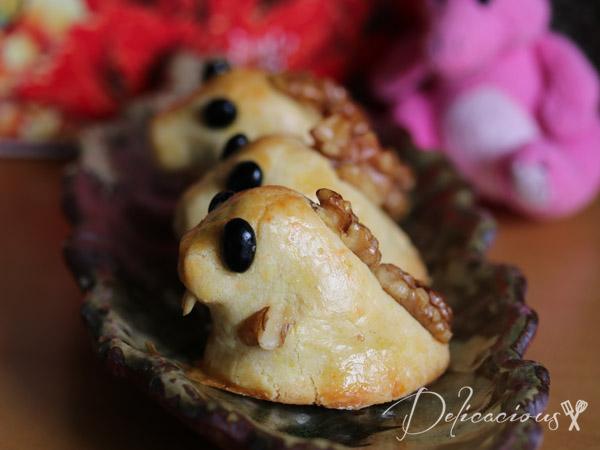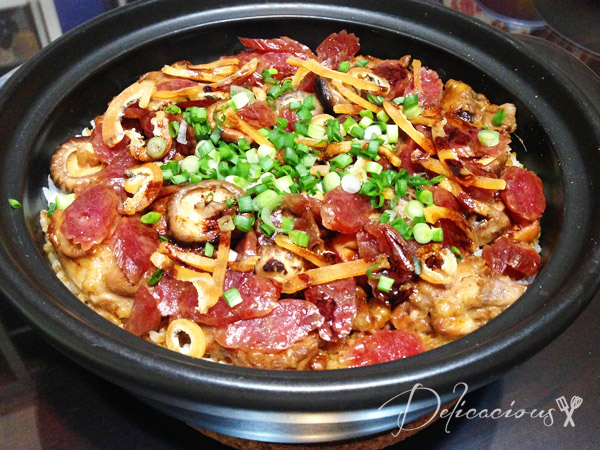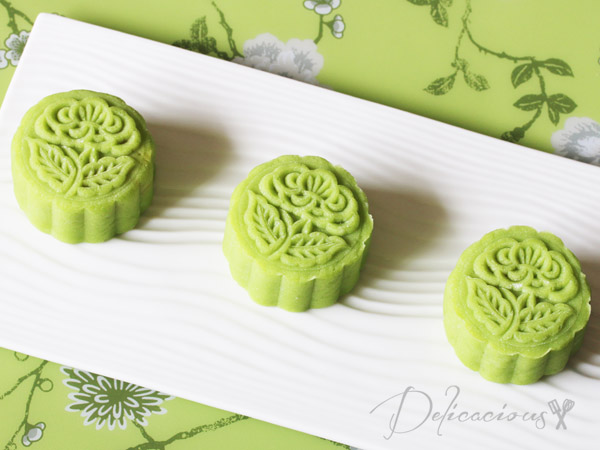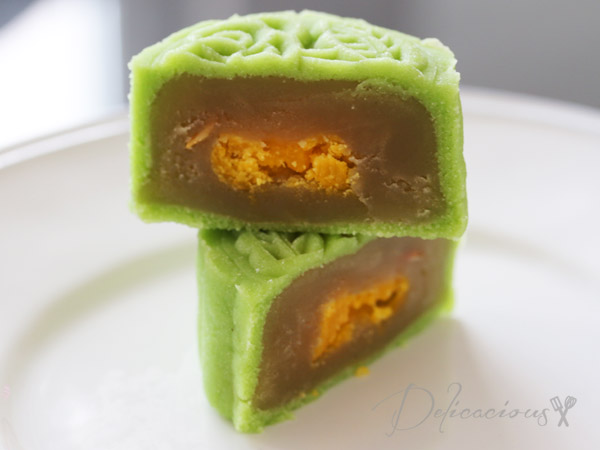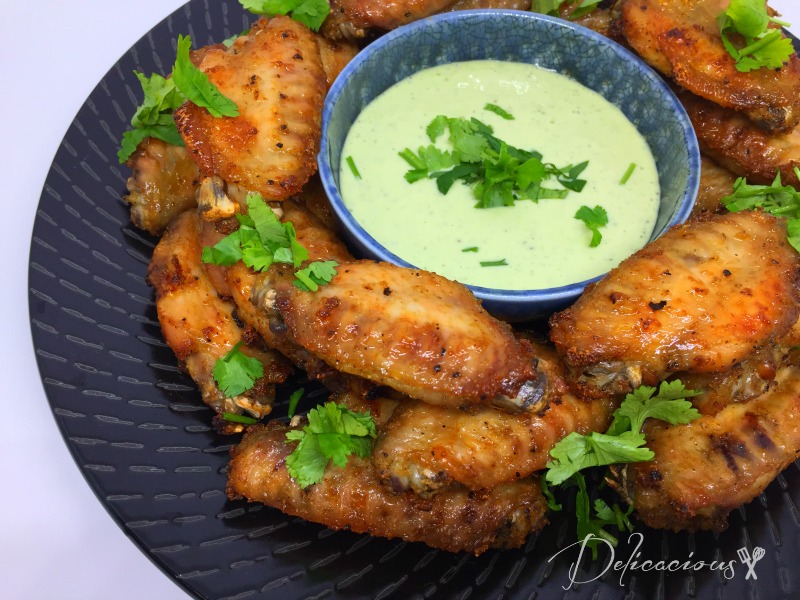
About two weeks ago, hubby and I started on the Whole30 diet. Basically, we eat real food for 30 days, and eliminate SUGAR, dairy, legumes, grains and alcohol, as well as MSG, Careenagans and Sulphites. What do we eat then? Well, things like these mouthwatering oven-baked crispy lemon wings! The wings are excellent on their own, but when paired with homemade ranch dressing, everything goes up by a notch! They are so good, that I’ve come out of my blogging hiatus to blog about this recipe!
I used a mish mash of techniques for this recipe. Before whole30, I used to bake oven crispy wings by mixing wings with a mix of salt and baking powder, drying them in the fridge, then baking them at a very low temperature in the oven to dry the wings up further before cranking the temperature up. Since baking powder is not whole30 compliant, I can’t use this method. However, I figured that drying the wings at low temperature in the oven would still aid in bringing out the crispiness of the wings. So the basic method is this: Marinate the chicken with a dry rub, keep it in the fridge for a couple of hours. Bake the wings at low temperature before cranking it up. Remove from oven, coat with a lemon “butter” marinade and bake them for a quick 5-10 minutes. Convinced that you should bake some up for dinner? Here’s the recipe!
- 2 tbsp olive oil
- 1 kg chicken mid-wings
- 2½ tsp sea salt
- ½ tsp black pepper
- 1½ tsp garlic powder
- 2 tsp onion powder
- zest of 1 lemon
- 80ml of ghee (1/3 cup)
- 60 ml olive oil (1/4 cup)
- 3 garlic cloves, minced
- juice of 1 lemon
- Mix wings with olive oil.
- Combine salt, pepper, garlic powder, onion powder and lemon zest together.
- Mix the dry rub with coated wings and place them in a sealed ziplock bag. Refrigerate for 4-8 hours.
- Preheat oven to 120C. Place wings on a greased rack (with another tray below it) and bake for 30 minutes.
- Turn up the oven temperature to 230C. Bake for another 30 minutes.
- Meanwhile, in a small saucepan, combine ghee and olive oil over medium heat.
- Once the ghee has melted, add in the garlic and stir for a minute or so.
- Pour in lemon juice, stir to combine and remove from heat.
- When wings are done, remove from the oven and brush generously with the lemon "butter". Return to the oven for 5 minutes. Flip wings over and brush with more lemon "butter" and bake for another 5 minutes. Serve with homemade ranch dressing.
https://whole30.com/2014/08/mayo-ghee-sauces/
